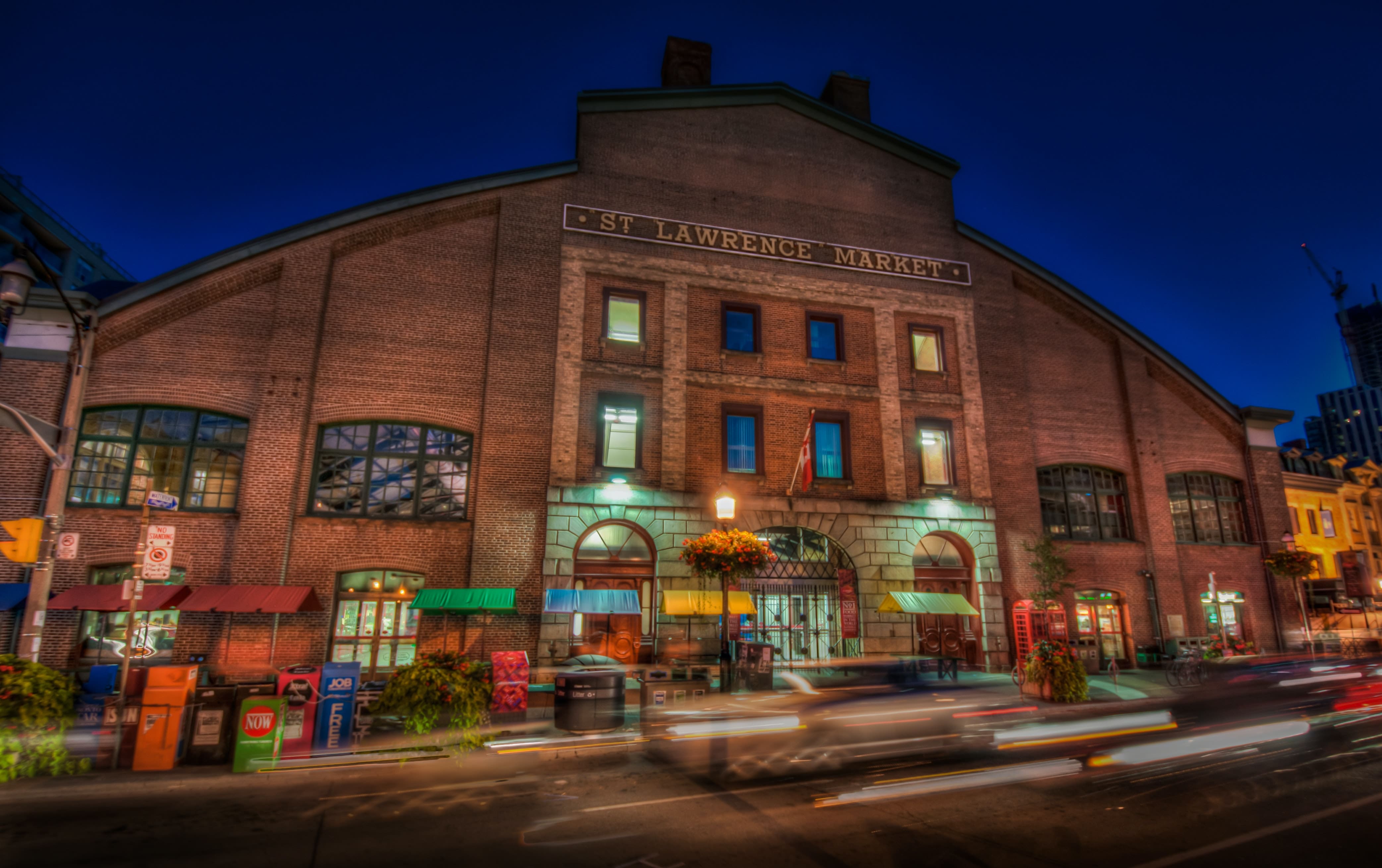The Future is Local
Dr. Tom Griffin (opens in new window) is the Assistant Director of the Institute for Hospitality & Tourism Research. As a student, I’ve known him throughout my Ryerson career as a tourism research scholar who does studies on destination marketing with virtual reality (opens in new window) and is an expert on something called VFR – Visiting Friends and Relatives. I was instantly intrigued when I found out he was researching COVID-19 from a tourism development perspective. Over the past months, my social media channels have been filled with grim reports of flights getting cancelled, entire destinations being temporarily closed, and millions of hospitality and tourism workers being laid off (myself included). In my naïve view, there wasn’t much to learn about COVID-19 outside of its destruction of the economy and certain industries. I am glad I had the opportunity to chat with Dr. Griffin over Zoom recently. Our conversation opened my eyes to how tourism can adapt to the cards it has been dealt by the pandemic rather than simply fight against it towards an inevitable defeat.
“We’re not really looking at the impact of COVID on BIAs. It’s more about the opportunity of engaging the visitor economy for BIAs as a recovery strategy from COVID”, says Dr. Tom Griffin explaining his current study on Business Improvement Areas (BIAs) (external link, opens in new window) and COVID-19. He says his interest in BIAs started about a year ago interviewing people from 29 BIAs about how they’ve considered the visitor economy in their own communities. “There’s not a lot of research on these groups from a tourism perspective, but they are a huge influence in many neighborhoods…they are kind of like small DMOs”, according to Griffin. He goes on to say: “Rather than tourism as this big international activity with people flying all over the world, it’s local people travelling from one side of their city to the other…and I quite like that approach”.
The inclusion of COVID-19 effects into the research of BIAs and tourism development was a natural progression once travel restrictions were put in place for the foreseeable future. Fellow Ryerson professor Dr. Walter Jamieson (opens in new window) has joined in on this phase of the project. “Dr. Jamieson has tons of experience in tourism development at the national level particularly in Asia”, says Griffin, “we’re going to see if we can come up with some strategies for BIAs to consider engaging the visitor economy as a way to develop and recover in a post-COVID world”.

St. Lawrence Market Neighbourhood BIA. (Jeff Smith via Unsplash)
Dr. Griffin, a long-time researcher on visiting friends and relatives (VFR) tourism, brings his interest in local and residential neighborhood tourism to the study. An interesting connection between VFR and BIAs is apparent. “With VFR, people come and stay with me in my residential neighborhood in Toronto and we go around my neighborhood rather than just the big tourism attractions. It’s tourism in the local communities”, Griffin explains. “Many of the communities that BIAs represent would fall into that category of nontraditional destinations. What connects them to VFR is tourism in places that wouldn't necessarily consider themselves tourist destinations”. This connection is important as the demand for local experiences is expected to grow while international travel declines.
According to Dr. Griffin, there has been quite a lot of research activity in the economic development field related to COVID-19, but not as much specifically looking at visitors. “I think that this summer is all about the hyperlocal experience”, says Griffin on where he sees this research going in the coming months. “As a resident of Toronto I would typically think about flying to different countries for my time off…but if I can’t do that I’m going to look for places within my reach which might mean different neighborhoods, different small towns, different things to do that I would have overlooked previously”. His observation emphasizes how certain BIAs that typically don’t have many visitors perhaps should expect people to be visiting soon and bring with them the positive and possibly the negative impacts of tourism.
“A big question for me is how is this going to change tourism and hospitality demand on an ongoing basis. We know it’s had a massive impact now. Is it going to change motivations and interests and things we like to do on a more long-term basis? Maybe we get used to it, maybe we want to feel safer, or maybe we’ll realize that we really love our own province. It’s a curious question”.
Dr. Griffin is at the beginning stages of his study into Business Improvement Areas and COVID-19, but already he has insights into the implications of the pandemic on local tourism. It will be fascinating to see what does end up happening over the summer and how BIAs will respond. As Dr. Griffin states: “It all depends on how the pandemic plays out; if a second wave comes or doesn't come, or if a vaccine gets invented, then the whole thing changes. I think it's possible that if we were in some sort of pandemic world for a couple years…and long-form travel becomes increasingly difficult for different reasons, people will seek to have their tourism experiences more locally and BIAs can be part of that”.
Interested in finding out more about Dr. Griffin's BIA research? Be sure to follow us on social media and subscribe (external link, opens in new window) to our newsletter for all the latest updates.